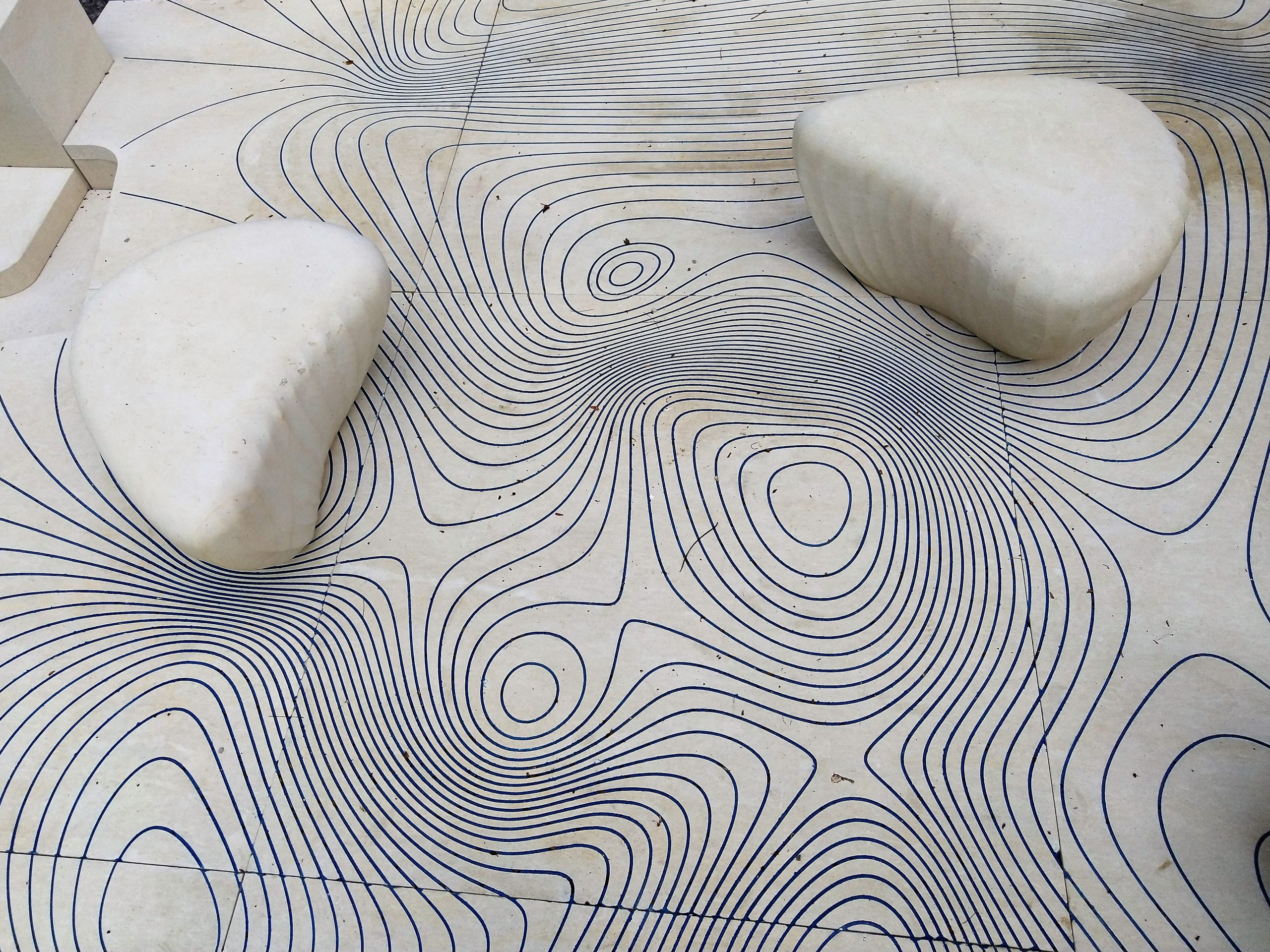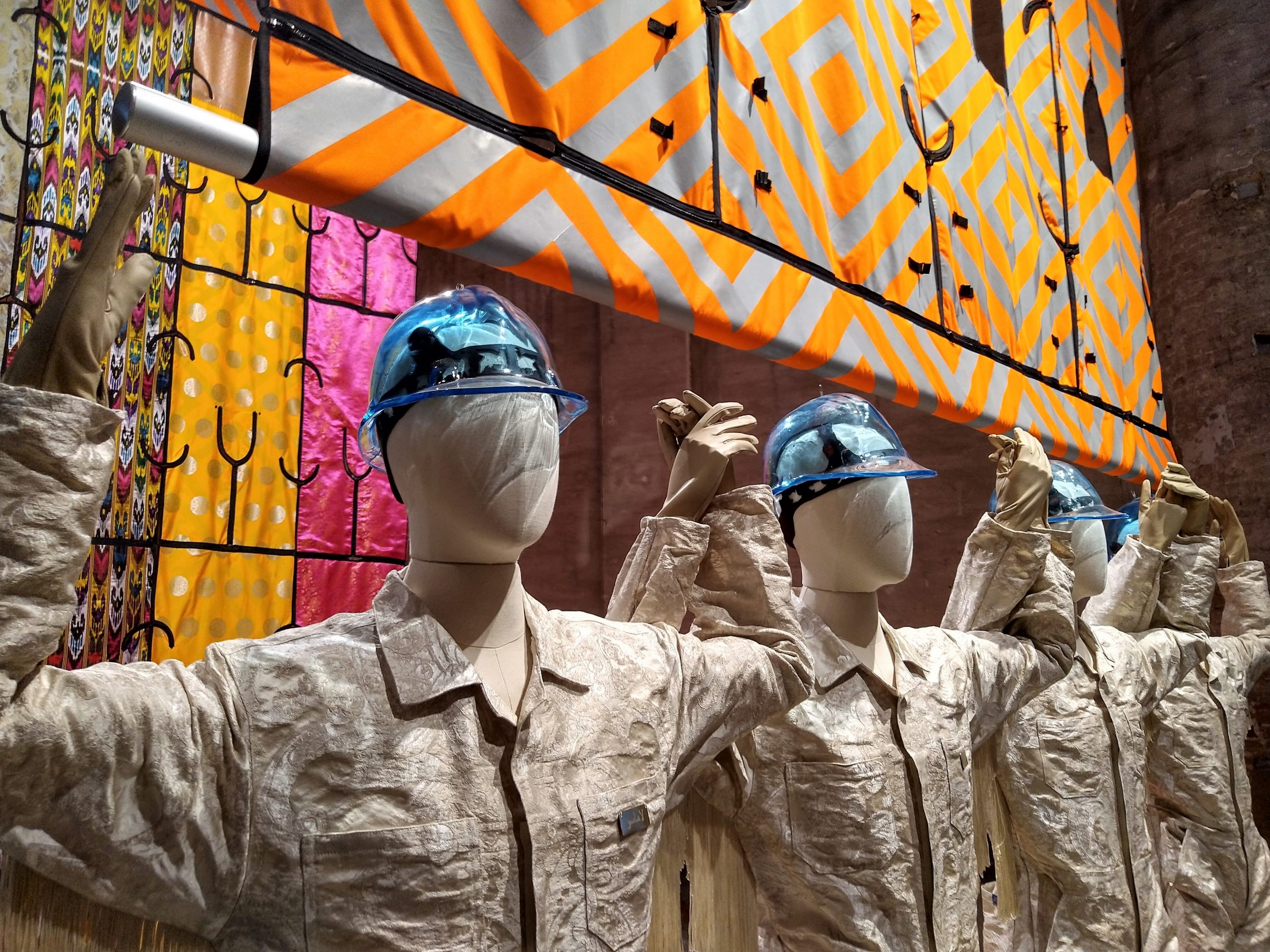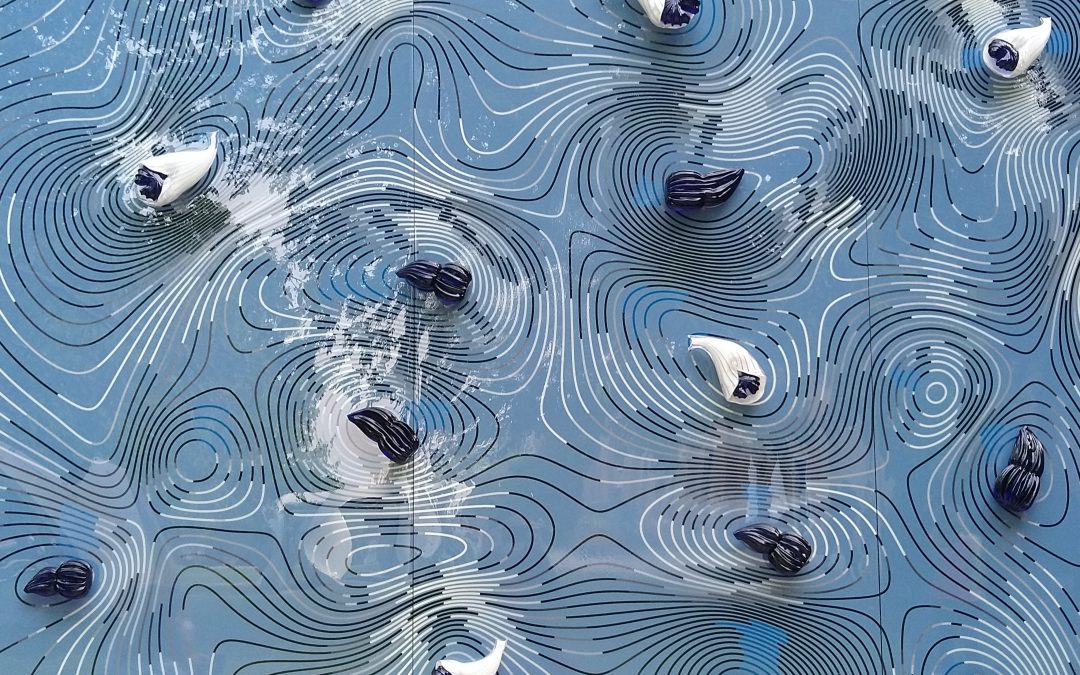The question posed by the title of the 17th International Architecture Exhibition in Venice is a good one: “How will we live together?” After over a year of lockdowns and restrictions, the concept of public space and indeed of living together has rarely been so dramatically pushed to the forefront of global consciousness. The curator of this year’s edition Hashim Sarkis noted that “It is indeed as much a social and political question as a spatial one. More recently, rapidly changing social norms, the political polarization between left and right, climate change, and the growing gap between labour and capital are making this question more urgently relevant and at different scales than before.”
This year Berengo Studio has had the pleasure of collaborating with a number of designers for the Biennale, expanding upon its rich history of collaborating with creatives from around the world. First up you can spot glass sculpted in Berengo Studio within CRISPR-Locus, an installation that features as part of the Italian Pavilion’s project on Resilient Communities and designed by Pongratz Perbellini Architects with Dustin White and Dario Pedrabissi. The architects used a combination of natural materials including stone, glass, and metal to create a “micro plaza”. This open public room presents a lively dialogue between the materials and a reflection on the power of water, turning a spatial resonance into a stage for social encounters. Vivid swirls of blue appear to replicate tidal currents, and the spirals of nature, etched into the vertical panel, with a number of glass elements made at Berengo Studio secured at the center of each vortex.

Pongratz – Perbellini, CRISPR-Locus, 2021, Italian Pavilion, 17th International Architecture Exhibition – Photo credit Martina Cappellesso
A central component of this exciting project was the materials themselves. The architects aimed to source the three key sectors – natural stone, glass, and metal – from around Italy. Pimarlimestone produced the stone pavement, beaches, poufs and vases, while Mille997 produced the metal wall cover, and Berengo Studio had the honour of contributing the glass elements. Together the combination presents a detailed example of Italian artistry and a true “Made In Italy design.”

Pongratz – Perbellini, CRISPR-Locus, 2021, Italian Pavilion, 17th International Architecture Exhibition – Photo credit Martina Cappellesso
Meanwhile over in the Arsenale space, a dramatic textile installation by the Bosnian Austrian artist and architectural historian Azra Aksamija also incorporates glass elements created in Berengo Studio. Titled Silk Road Works the colourful installation is featured in the Among Diverse Beings section of the Biennale and plays with notions of identity and migration. Described by the artist as a “symbolic construction site for a pluralist society” Aksamija uses the classical coverings of workwear, such as safety vests, overalls, and helmets, and reinvents them through a variety of unexpected mediums. Aksamija worked with Berengo Studio to create a series of glass helmets for the project, an element that added an important symbolic layer to the installation. “The blue glass helmets draw attention to the pressing social, political, humanitarian, and environmental crises along the Silk Roads of today,” she notes, “The brittleness of the glass material points to the fragility of our global institutions in charge of protecting the world’s natural and cultural heritage, as well as human and non-human rights.”

Azra Aksamija, Silk Road Works, 2021, 17th International Architecture Exhibition – Photo credit Martina Cappellesso
Both installations feature as part of the 17th edition of the Venice Biennale of Architecture which runs till 21 November 2021.


Recent Comments